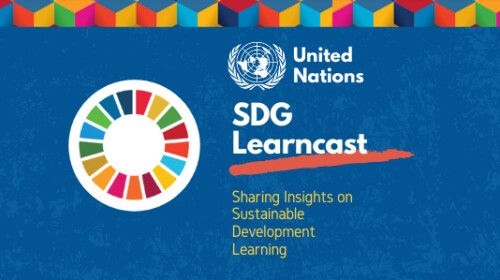Multilateral Environmental Agreements (MEAs) are the predominant legal method for addressing transboundary environmental problems. However, nowadays some States, particularly least developed and developing countries, face the challenge of implementing over 300 MEAs due to limited technical, financial and human resources. This course will provide you with the basics of International Environmental Law (IEL) by identifying its sources and fundamental principles, the law-making process, its main actors, as well as the implementation and compliance procedures needed to understand and apply Multilateral Environmental Agreements.
The course runs continuously throughout the year. Once we have received your payment, your enrollment is completed, and we will give you access to the course for 3 months. You will need to complete the course within these for months, but as it is self-paced, you can take the courses at your own pace. The course requires about 30 hours to complete. If you do it directly, with leave from work, it could take you about 1.5 week. If you do not have leave from work, it could take you about 3 weeks back to back. But, since the course is self-paced, you can divide the work within the 3 months period. This self-paced course consists of three modules:
- Module 1 “Introduction to IEL”;
- Module 2 “Principles and Concepts Shaping IEL”;
- Module 3 “Implementation of IEL” presents how IEL is implemented.
Target Audience
Government officials, international civil servants, lawyers, judges, NGO representatives, academics, law students, private sector professionals in the field of international law and international organizations.
Learning Objectives
At the end of the course, you will be able to:
- Define the role and importance of international law for the protection of the environment.
- Distinguish between the different sources of IEL and identify the main actors involved in its development.
- Describe the historical evolution of IEL and identify its key standard-setting instruments.
- Identify the mechanisms and procedures established to ensure compliance with IEL obligations.
- Analyze the fundamental principles and emerging concepts of IEL and apply them to real situations.








